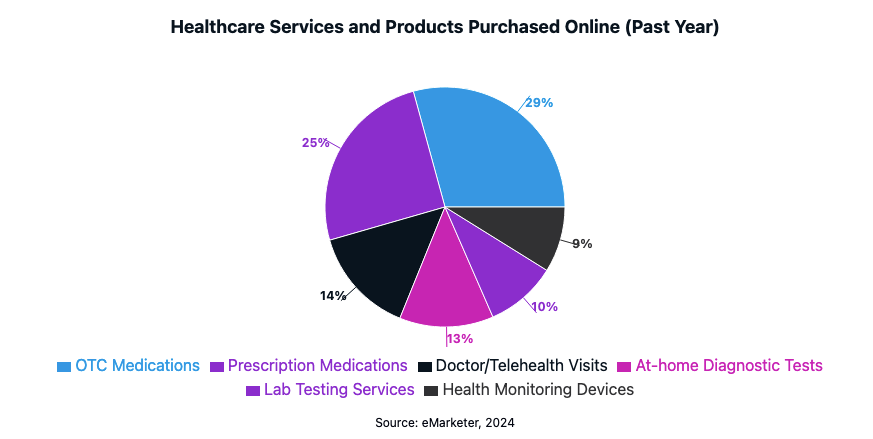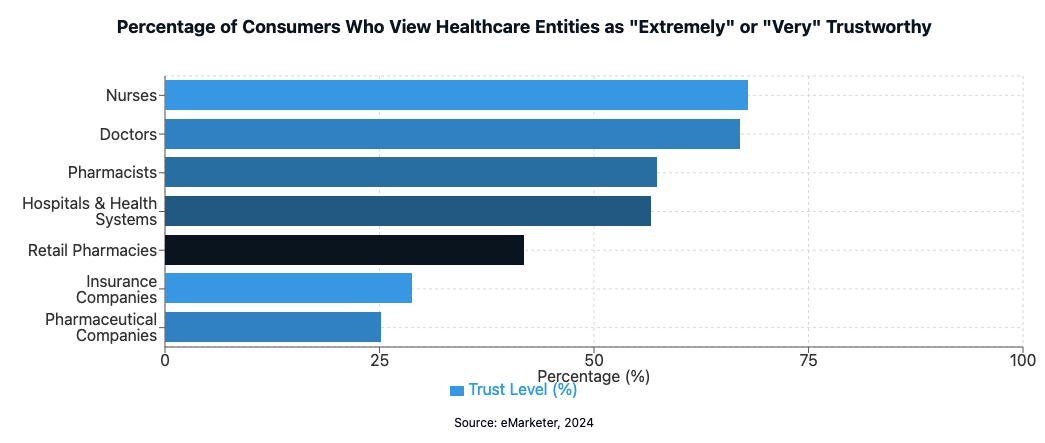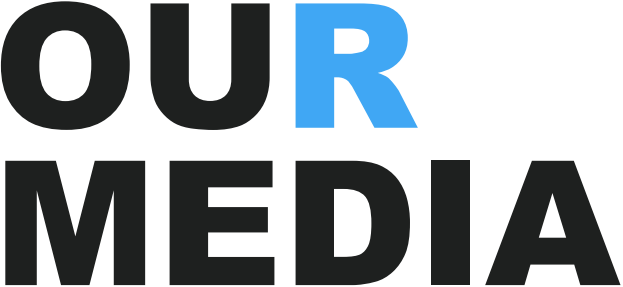In my many years of working with healthcare providers across Canada, I’ve witnessed a dramatic transformation in how patients select their healthcare providers. The smoke screen of limited information that once separated patients from their healthcare choices has lifted, revealing a landscape where consumers are empowered to make informed decisions about their care.
Referrals Are Still King, But Direct-to-Patient Is the Growth Engine
Before I go on about how instrumental digital is to any healthcare establishement’s growth strategy, I want to be clear about one thing. Referrals are still King. Building strong relationships with physicians, clinics, and hospitals remains one of the foundational pillars for healthcare business success. Referral networks continue to drive significant patient volume and are/will always be a critical part of the healthcare ecosystem.
BUT, the landscape has fundamentally changed. While referrals remain important, the lion’s share of new revenue growth is increasingly coming directly from patients themselves. Today’s healthcare consumers are bypassing traditional referral pathways, researching their options independently, and making their own decisions about where to seek care.
This shift toward direct-to-patient (DTP) engagement isn’t just a trend—it’s a complete transformation of the healthcare business model. Our clients see this first-hand in the patient user journey.
The Digital Revolution in Healthcare Consumer Journeys
Remember when the healthcare journey started off with a call to your GP’s office to schedule an appointment? Well, today’s healthcare journey typically begins online, with search engines still dominating as the starting point for most patients. According to eMarketer’s research, 70.5% of consumers begin their healthcare research on search engines (eMarketer, 2024a). However, the digital ecosystem has expanded significantly, especially for younger generations who are increasingly turning to alternative digital channels:
- 28.8% of Gen Z and 25.8% of millennials begin their healthcare research on social media (eMarketer, 2024a)
- TikTok (51.7%) and Instagram are preferred platforms for Gen Z (eMarketer, 2024b)
- Facebook (68.2%) and YouTube lead for millennials (eMarketer, 2024b)
What I find very interesting is how traditional pathways to care have been completely reimagined. While traditional TV (for now) still commands attention for healthcare advertising (30.5% of consumers see healthcare ads there), digital channels are rapidly gaining ground, with millennials and Gen Z encountering healthcare information predominantly through social media (22% and 24.7% respectively) and search engines (20.5% for millennials) (eMarketer, 2024c).
Patients Now Control Their Healthcare Experience
The ones who know, get it. I have firsthand observed a clear pattern: those who have consistently invested in digital over several years show a significantly measurable increase in top-line revenue compared to newcomers just beginning their digital journey. This is especially true when comparing their revenue attribution ratios over time and the long-term diversification of their revenue channels.
The rise of digital healthcare information has fundamentally shifted the balance of power in the provider-patient relationship. Today’s patients are:
- Actively researching their options before making healthcare decisions, with 81.7% searching online for information on medical conditions or symptoms (eMarketer, 2024a)
- Comparing prices, with only 26.8% reporting they don’t normally compare healthcare costs (eMarketer, 2024b)
- Reading online reviews, with 82.8% of consumers searching for provider reviews before choosing care (eMarketer, 2024a)
The accountability for providers has never been higher. When more than 8 in 10 consumers are checking your online reputation before booking an appointment, and 97.1% of those readers say those reviews influence their decision-making, the quality of care and patient experience becomes a critical business factor.
Review Platforms Create Unprecedented Transparency
Online reviews have emerged as a powerful force in healthcare selection. Google reviews (48.8%) and WebMD (35.2%) lead as the most common platforms for reading patient assessments of doctors (eMarketer, 2024a). For younger generations, social media reviews are increasingly important, with 29.2% of Gen Z and 24.2% of millennials consulting these platforms for healthcare provider feedback (eMarketer, 2024b).
This digital visibility means clinics and providers are now held accountable in ways they never were before. When patients can publicly share their experiences—both positive and negative—providers must prioritize patient satisfaction to remain competitive.
The Self-Directed Patient Journey
Today’s patients aren’t waiting for referrals or following predetermined paths to care. They’re taking control:
- 54% of consumers have self-diagnosed a medical condition based on information found online (eMarketer, 2024a)
- Over one-third have purchased medications online in the past year (39% OTC, 33.6% prescription) (eMarketer, 2024a)
- Many are purchasing subscriptions for primary care (20.8%) and medication services (27.2%) (eMarketer, 2024b)
The data clearly shows that patients are directing their own healthcare journeys, with providers now needing to adapt to these new consumer behaviors rather than expecting patients to conform to traditional healthcare models.
Building Trust in the Digital Healthcare Era
Despite the shift toward self-directed care, trust remains fundamental. Healthcare professionals continue to be highly trusted sources of information:
- 67.9% of consumers view nurses as extremely or very trustworthy
- 67.0% trust doctors
- 57.4% trust pharmacists (eMarketer, 2024b)
Interestingly, younger generations put more trust in healthcare professionals than older patients do, with 34.2% of Gen Z and 34.6% of millennials rating doctors as “extremely trustworthy” (eMarketer, 2024b).
The Path Forward for Healthcare Providers
For clinics and healthcare providers looking to thrive in this new landscape, embracing digital transformation isn’t optional—it’s essential. The data clearly shows that patients now control their healthcare experience and expect the same convenience, transparency, and quality they receive in other consumer interactions.
To succeed in this environment, healthcare providers must:
- Establish a strong digital presence across multiple platforms
- Actively manage online reviews and reputation
- Provide transparency in pricing and services
- Create exceptional patient experiences that inspire positive reviews
- Engage with patients through their preferred communication channels
The smoke screen that once obscured patient choice has been permanently lifted. Healthcare providers who recognize this fundamental shift and adapt accordingly will be the ones who succeed in attracting and retaining patients in this new era of consumer-driven healthcare.
References
eMarketer. (2024a). The 2024 Healthcare Consumer: How the Internet and Social Media Are Affecting Patient Choices.
eMarketer. (2024b). Generational Differences in Patients’ Health Journeys: Younger Generations Increasingly Start on Social Media, While Older Ones Are More Likely to Use Search Engines.
eMarketer. (2024c). Data Drop: 4 Charts on Consumer Interaction With Healthcare and Pharmaceutical Ads.










